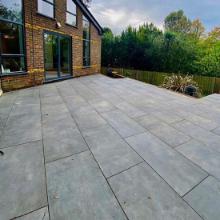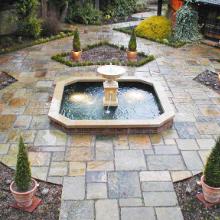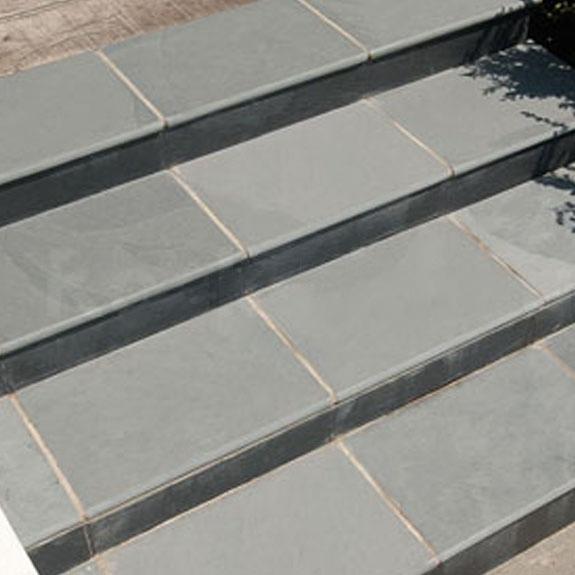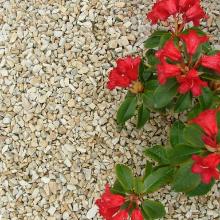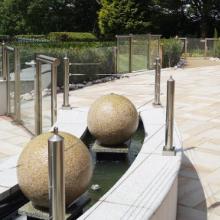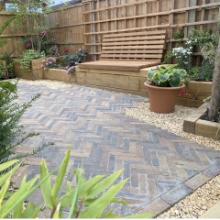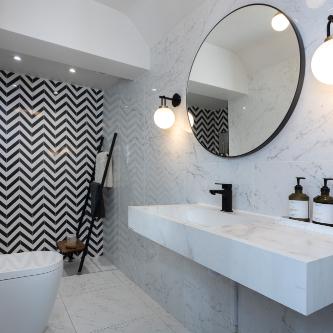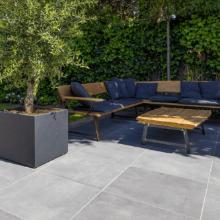Ever wondered how porcelain outdoor tiles achieve such durability, precision, and beauty? At Rock Unique, we work with leading European manufacturers to ensure every tile meets the highest standards.
Here’s a look behind the scenes at how porcelain tiles are made.
Raw Materials
Porcelain begins with kaolin (china clay), feldspar, and quartz. These determine colour, hardness, and strength. Robotic systems now handle weighing and mixing with remarkable accuracy.
Mixing and Grinding
The materials are combined with water and ground in ball mills to create a smooth slurry. This energy-intensive stage is optimised by leading manufacturers to achieve perfect consistency and strength.
Spray Drying
The slurry is dried into fine granules with carefully controlled moisture levels (around 5–6%). This consistency is key to maintaining colour and strength across each batch.
Pressing and Shaping
Granules are pressed into moulds at high pressure, forming the tile body. Textures and reliefs are added at this stage for outdoor grip and natural stone effects.
Digital Decoration and Surface Treatment
Tiles are printed using digital inkjet technology to mimic natural stone or wood. Top-tier producers in Italy and Spain frequently upgrade printers for colour precision and definition.
Firing
Tiles are fired in long kilns (up to 100 metres) at 1,200–1,250°C, forming a vitrified, non-porous structure. Many manufacturers now use solar-powered electric kilns to reduce emissions.
Sorting and Quality Control
Advanced optical systems check colour, size, and texture. Premium producers batch-mark every tile for perfect matching between shipments.
Tile Sizes and Formats
Outdoor porcelain tiles are 20 mm thick, available in 60×60, 60×90, 60×120, 80×80, and 120×120 cm sizes. Indoor versions are 9–12 mm thick, allowing seamless transitions between spaces.
Sustainability
European manufacturers lead the way in sustainability with closed-loop water systems, waste recycling, and electric kilns.
Summary
Porcelain tiles combine natural materials with robotics and artistic technology to create surfaces that last decades — resistant to frost, water, and wear.
